 |
Frank P.T. BaaijensEindhoven University of Technology Mechanics and tissue engineering of heart valves; collagen mechanics, remodelling, synthesis and degradation; actin cytoskeleton; muscle damage etiology – computation |
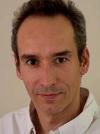 |
Alain GorielyUniversity of Oxford Topology, geometry and mechanics of biofilaments – applications to macromolecules, plants and neurons; modeling growth with applications to plants, bones, neurons, tissues and tumours; morphogenesis and stability of soft tissues |
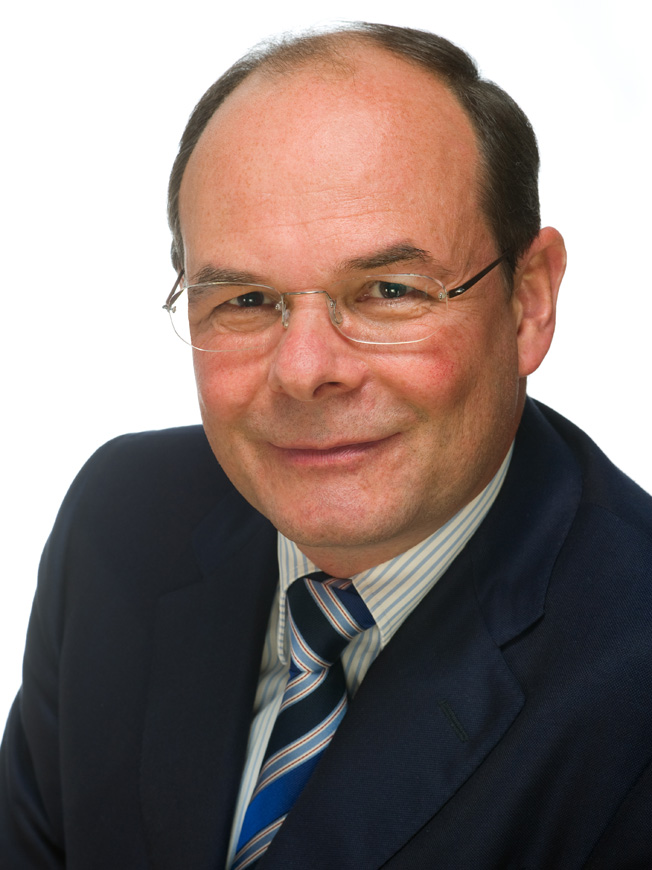 |
Gerhard A. HolzapfelGraz University of Technology Structure and function of artery walls in health and disease; mechanics, mechanobiology, and modeling of abdominal aortas and aneurysms; multi-scale modeling of biopolymer networks; modeling of smooth muscle activation |
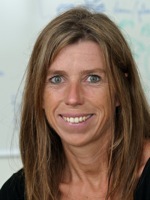 |
Ellen KuhlStanford University Electrophysiology – from action potentials to electro-cardiograms, electromechanics – from actin-myosin sliding to cardiac output and related FE models; electrochemistry: from channelrhodopsin to pacing hearts with light, acute and chronic cardiac disease; dynamics of the mitral valve |
 |
Chwee Teck LimNational University of Singapore Mechanical models for living cells; experimental techniques for cell and molecular mechanics; human disease biomechanics, focus on malaria and on cancer; cell migration studies in 2D and 3D |
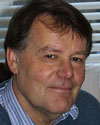 |
Ray W. OgdenUniversity of Aberdeen Elements of continuum mechanics; mechanics of a biopolymer filament; constitutive modelling of the myocardium; residual stresses with applications to arterial modelling; notions of stability |
 |
Kevin K. ParkerHarvard University Mechanics of the developing heart; mechanics of the cardiac cycle; cell/tissue mechanics of the cardiac myocyte including background on how a cell builds itself; from cell to tissue mechanics in the diseased heart |
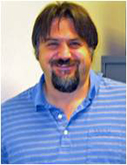 |
Victor BarocasUniversity of Minnesota E-mail: baroc001@umn.edu Microstructural and multi-scale modeling; collagenous tissues; engineered tissues; failure of networks and tissues |
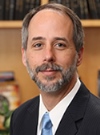 |
Jeffrey W. HolmesUniversity of Virginia Heart function; myocardial infarction; myocardial material properties; biaxial mechanical testing; anisotropy; compartmental models; agent-based models; finite-element models |
 |
Gerhard A. HolzapfelGraz University of Technology Artery walls in health and disease; constitutive modeling of cross-linked actin networks; mechanics/modeling of the myocardium and the adipose tissue; mechanics of brain tissue |
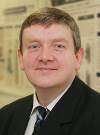 |
Peter McHughNational University of Ireland, Galway Atherosclerotic plaque; permanent and biodegradable vascular stents; pulmonary and heart valve implants; cell mechanics |
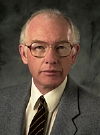 |
Robert McMeekingUniversity of California, Santa Barbara Bio-chemo-mechanical cell models; stress fiber formation and remodeling; cytoskeletal contractility; actomyosin cross-bridging; cell adhesion; focal adhesion formation and growth; signaling |
 |
Ray W. OgdenUniversity of Glasgow The essential ingredients of continuum mechanics; constitutive modeling of fiber-reinforced materials; residual stresses and their influence on material response, with particular reference to arteries; elasticity of biopolymer filaments and networks |
The Summer School will present a state-of-the-art overview of biomechanical and mechanobiological modeling and simulation of biological tissue from the structural to the macroscopic level. The lecturers will discuss biomolecules, networks and cells as well as growth models appropriate for computational analysis. Applications include arteries, muscles, the heart, plants, neurons and tumours.
Cell migration, the mechanics of the whole cell and sub-cellular components will be discussed including smooth muscle cells and cardiac myocytes. This links with the discussion of growth, which builds on the constituents of soft tissue. Growth modeling includes applications to plants, bones, soft tissue, cancer and other human diseases.
Continuum mechanics underpins much of the modeling required in the biomechanics and mechanobiology of tissues. A summary of the key ingredients of continuum mechanics is therefore provided with particular emphasis on the nonlinear theory of elasticity, as a starting point for characterizing material properties. Models of the mechanical and other properties of individual biomolecules, networks of biomolecules and living cells will be examined. Also experimental techniques for determining the mechanical properties of biomolecules and cells will be presented. Modeling the interaction between growth, remodeling and the mechanics of biomolecules, cells and tissues will be discussed. Particular attention will be focused on modeling, finite element implementation and simulation of the mechanics, electromechanics, chemomechanics and electrophysiology of cells, artery walls, the heart and the cardiac cycle. This will include discussions of abdominal aortic aneurysms and heart valves. Adipose and epidermal tissues will also be discussed from both modeling and experimental perspectives.
Throughout the course the lecturers will point to future directions for research in the different areas of biomechanics and mechanobiology as well as coupled phenomena.
Audience
The Summer School is addressed to PhD students and postdoctoral researchers in biomedical engineering, (bio)physics, mechanical and civil engineering, applied mathematics, physiology and materials science and more senior scientists and engineers (including some from relevant industries) whose interests are in the area of biomechanics and mechanobiology.
Preliminary Suggested Readings
F Baaijens, C Bouten, N Driessen: Modeling collagen remodeling. J Biomech, 2010;43:166-75. [pdf]
KR Chien, IJ Domain, KK Parker: Cardiogenesis and the complex biology of regenerative cardiovascular medicine. Science, 2008;322:1494-7. Review. [pdf]
NJ Driessen, MA Cox, CV Bouten, FP Baaijens: Remodelling of the angular collagen fiber distribution in cardiovascular tissues. Biomech Model Mechanobiol. 2008;7:93-103. [pdf]
A Goriely, DE Moulton: Morphoelasticity – a theory of elastic growth; in M. Ben Amar, A. Goriely, M. Mueller (eds.): New Trends in the Mechanics of Biological Systems, Oxford University Press, 2011. [pdf]
A Goriely, M Robertson-Tessi, M Tabor, R Vandiver: Elastic growth models; in RP Mondaini, PM Pardalos, (eds.): Mathematical Modelling of Biosystems, Applied Optimization Series, Vol. 102, Springer-Verlag, 2008. [pdf]
S Göktepe, OJ Abilez, E Kuhl: A generic approach towards finite growth with examples of athlete's heart, cardiac dilation, and cardiac wall thickening. J Mech Phys Solids, 2010;58:1661-80. [pdf]
S Göktepe, E Kuhl: Electromechanics of the heart: a unified approach to the strongly coupled excitation-contraction problem. Comput Mech, 2010;45:227-43. [pdf]
GA Holzapfel, RW Ogden: On the bending and stretching elasticity of biopolymer filaments, Journal of Elasticity, 2011;104:319-42. [pdf]
GA Holzapfel, RW Ogden: Constitutive modelling of arteries. Proceedings of the Royal Society A, 2010;466:1551-97. [pdf]
GA Holzapfel, RW Ogden (eds.): Biomechanical Modeling at the Molecular, Cellular and Tissue Levels, CISM Courses and Lectures No. 508. Springer: Wien, New York, 2009.
GYY Lee, CT Lim: Biomechanics approaches to studying human disease, Trends in Biotechnology, 2007;25:111-8. [pdf]
CT Lim, EH Zhou, ST Quek: Mechanical models for living cells - a review, Journal of Biomechanics, 2006;39:195-216. [pdf]
ML McCain, KK Parker: Mechanotransduction: the role of mechanical stress, myocyte shape, and cytoskeletal architecture on cardiac function. Pflugers Arch. 2011 Jul;462(1):89-104. [pdf]
S Murtada, M Kroon, GA Holzapfel: A calcium-driven mechanochemical model for prediction of force generation in smooth muscle. Biomechanics and Modeling in Mechanobiology, 2010;9:749-62. [pdf]
KK Parker, DE Ingber: Extracellular matrix, mechanotransduction and structural hierarchies in heart tissue engineering. Philos Trans R Soc Lond B Biol Sci. 2007 Aug 29;362(1484):1267-79. Review. [pdf]
KK Parker, J Tan, CS Chen, L Tung: Myofibrillar architecture in engineered cardiac myocytes. Circ Res, 2008;103:340-2. [pdf]


